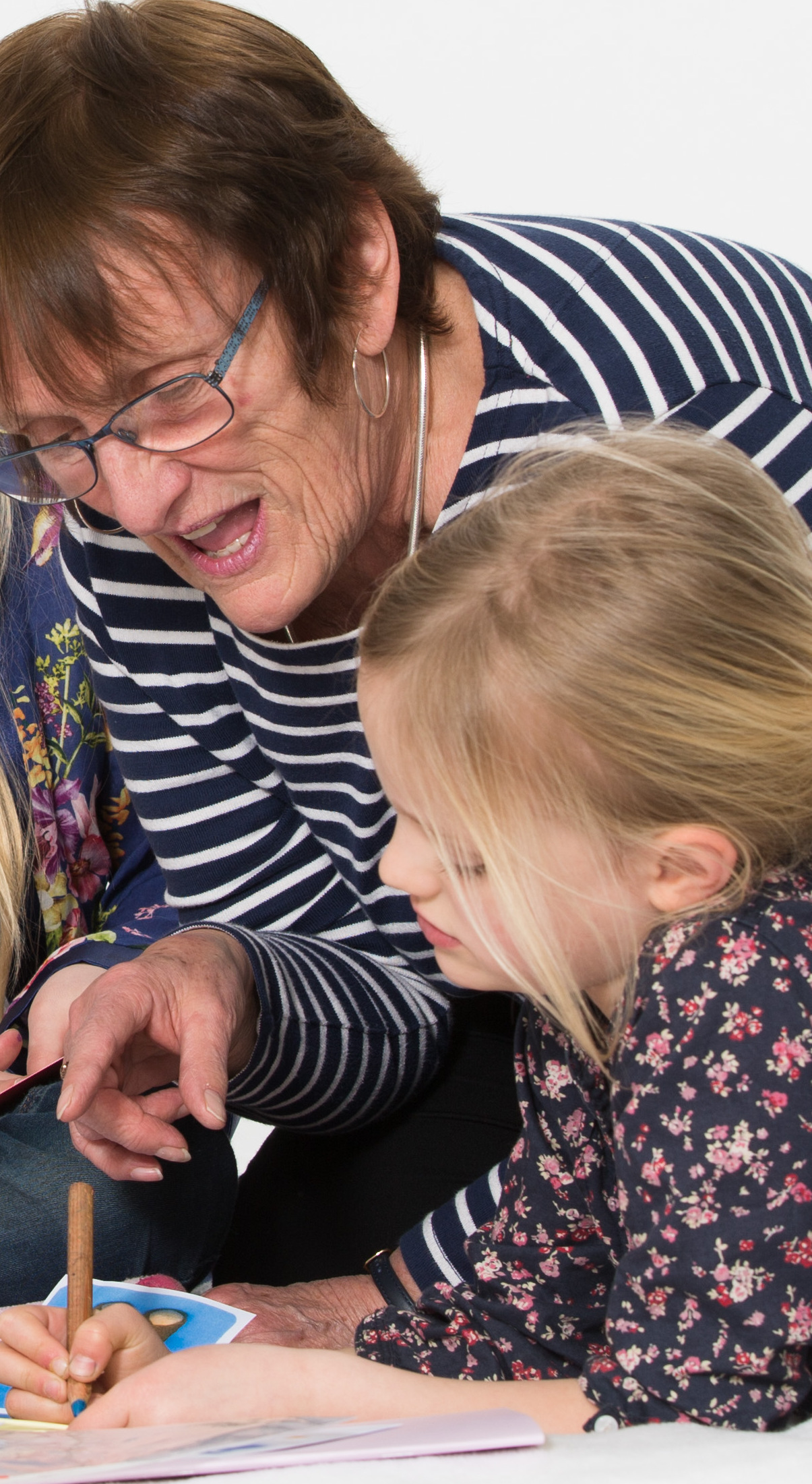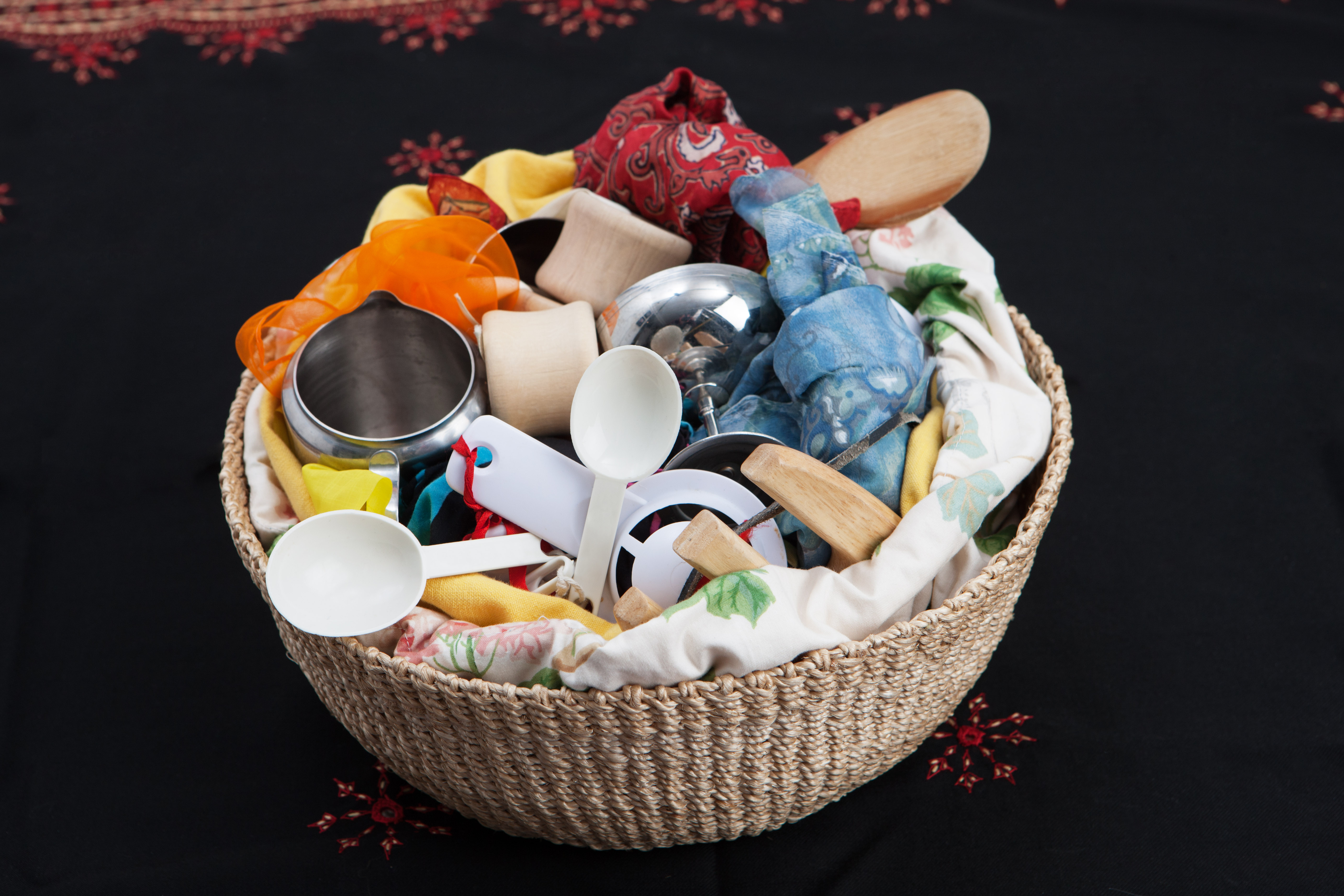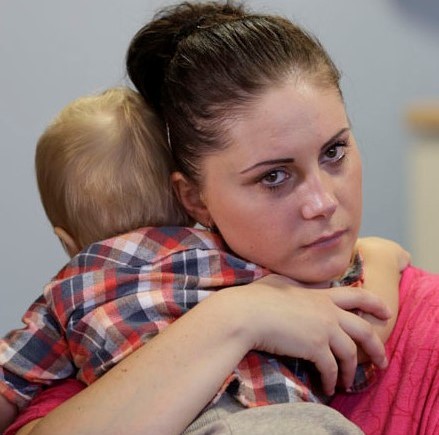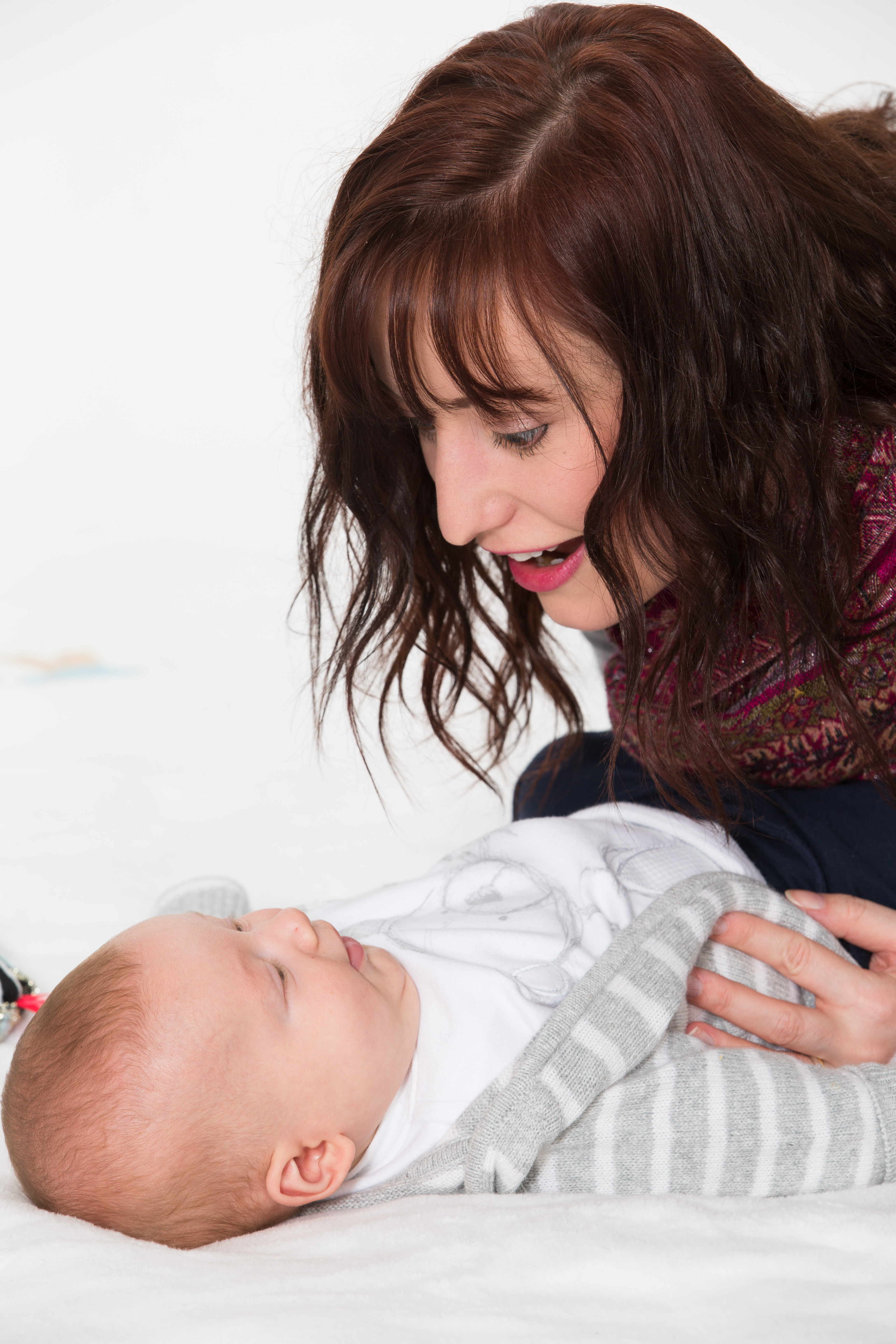‘Can parents open up their hearts with their children in any other language? Can they develop strong bonds with their children by discarding their home language? Can children express themselves easily to their mothers? And why do many children need to go to speech therapists?
Research shows that a child can hear parents’ voices even before birth. A child’s early years are extremely precious to their future growth in life, and their mother tongue plays a vital role in this. Children with a strong command of their home language can easily learn other languages.
Parents can help their children to know and understand the world by talking, listening, sharing stories and songs, and playing games in their own language. With the support of Peeple I have worked with parents on folk stories and lullabies, and shared that work with Punjabi mothers and children. I’m happy to say that the children and mothers who listened to these lullabies and stories together developed better communication and bonding among themselves and with the Punjabi language.’

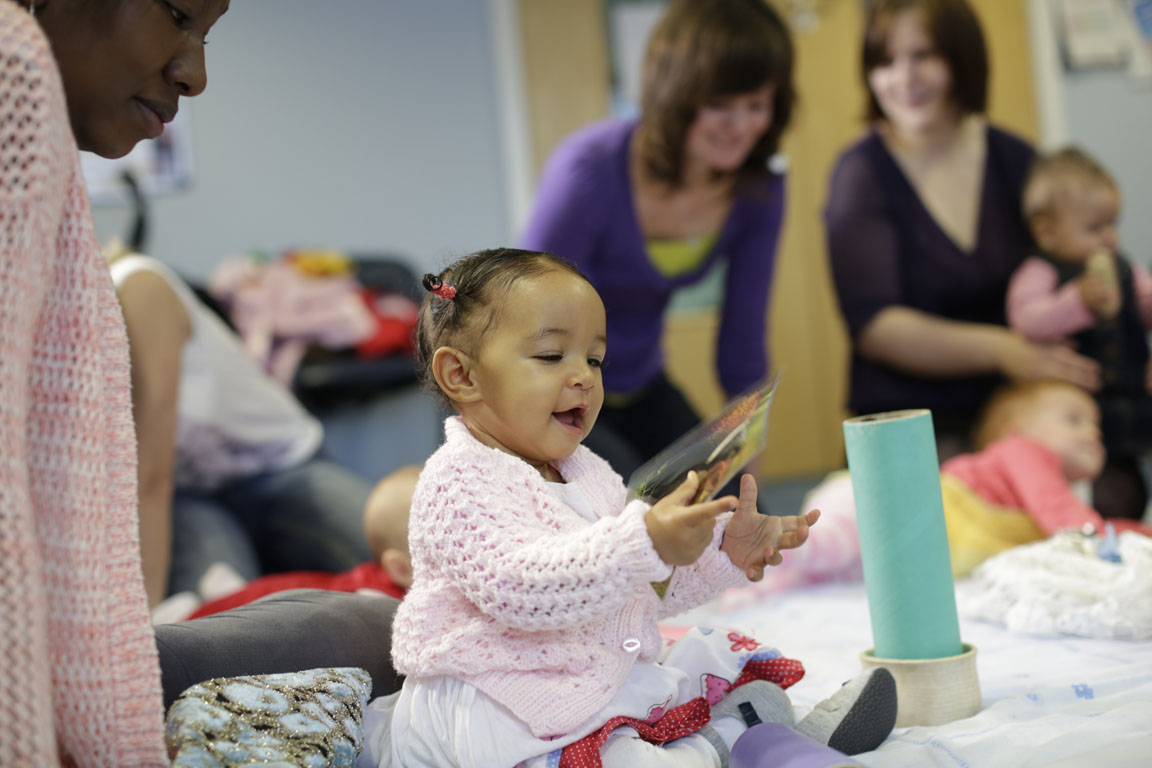 Our work in Oxfordshire keeps us grounded in the reality of parents and young children learning together. It’s also lots of fun! Delivering the programme with families informs our training and provides continuing evidence of the effectiveness of our programmes.
Our work in Oxfordshire keeps us grounded in the reality of parents and young children learning together. It’s also lots of fun! Delivering the programme with families informs our training and provides continuing evidence of the effectiveness of our programmes.